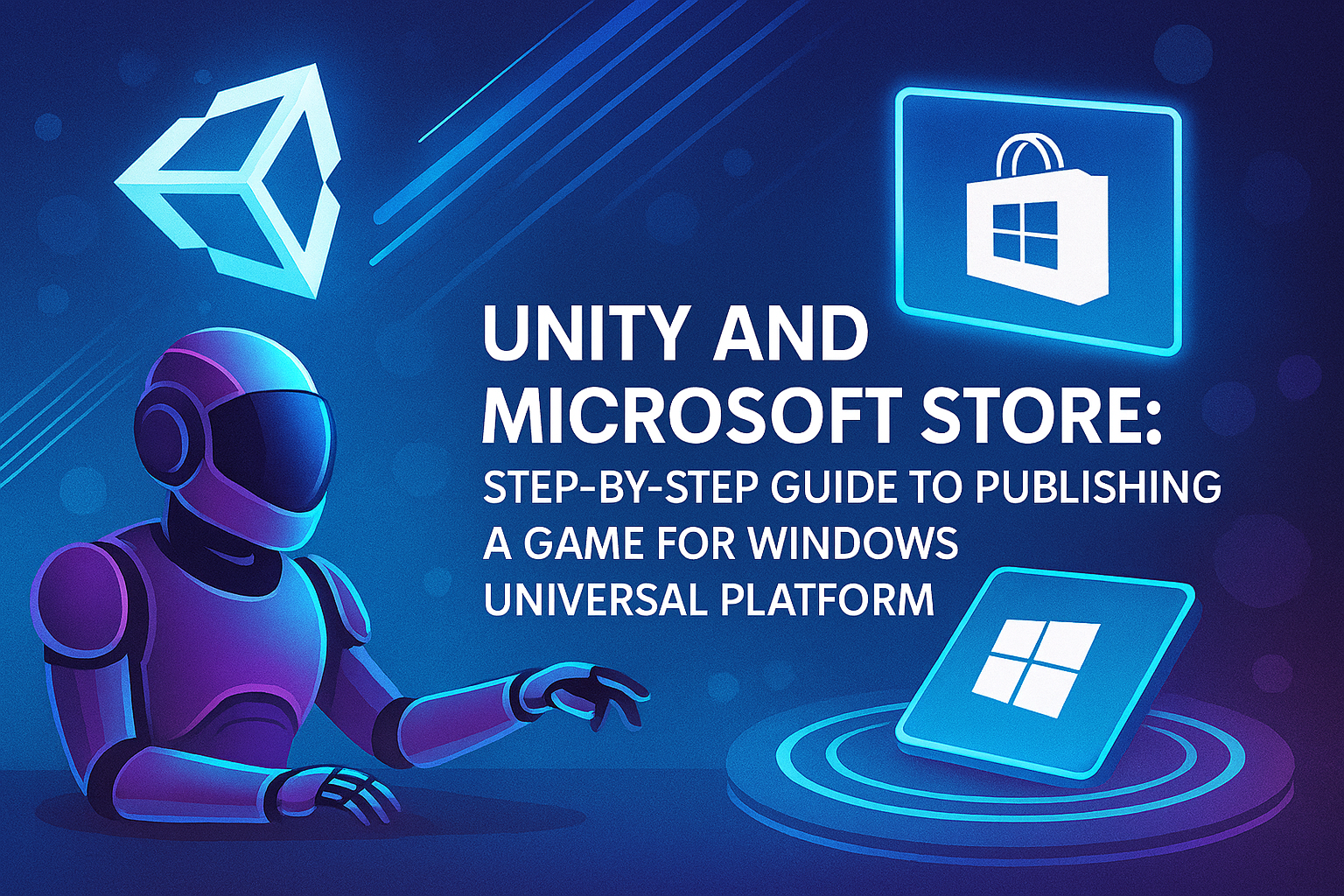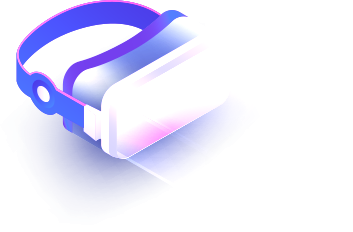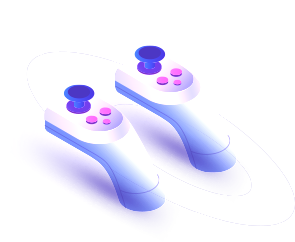Unity and Microsoft Store: Step-by-Step Guide to Publishing a Game for Windows Universal Platform
29 Sep 2025

Creating a build of a Unity project for Windows Universal Platform (UWP) and publishing the game to the Microsoft Store is a step-by-step process that requires proper project setup, installation of the necessary tools, and understanding of Microsoft requirements. Below is a detailed guide on how to build a UWP version of a game in Unity and publish it to the Microsoft Store.
STEP 1. Preparing a Unity project
First, you need to make sure that your version of Unity has the "Universal Windows Platform Build Support" module installed. This can be done through the Unity Hub - open the "Installs" section, select the desired version of Unity, click on the three dots and select "Add Modules". Install the Universal Windows Platform, and it is also advisable to install the Windows SDK if it is not already installed.
Now open your project in Unity and make sure it runs without errors. Then go to File > Build Settings, select the Universal Windows Platform platform and click the Switch Platform button. This may take a few minutes depending on the project.
STEP 2. Setting up UWP build parameters
In the Build Settings window, set the following parameters:
Target Device: PC (if the game is for regular Windows computers)
Build Type: XAML or D3D (D3D is usually preferable for games)
SDK: Latest installed (if you installed the latest Windows SDK)
Build and Run on: Local Machine (for testing)
Architecture: x64 (or x86/ARM64 - depends on the target devices)
Visual Studio Version: Latest installed
After that, click Player Settings, a tab with project parameters will open. Here it is important:
Specify the name of the company and product
In the Publishing Settings section, enter the Package name (for example, com.yourcompany.yourgame)
Make sure that the InternetClient permission is enabled (if the game uses the Internet)
If necessary, enable Microphone, Webcam and other permissions
STEP 3. Building the project in Unity
Back in Build Settings, click Build, select the folder for the build (for example, Builds/UWP) and wait for the process to complete. As a result, you will get a project for Visual Studio.
STEP 4. Opening and building the project in Visual Studio
Open the resulting .sln file in Visual Studio. Make sure that you have the latest version of Visual Studio with components for UWP (Universal Windows Platform development) installed.
In Visual Studio:
On the left, select the configuration: Release and x64 (or another selected architecture)
In the drop-down list of devices, select Local Machine
Build the project via Build > Build Solution (Ctrl+Shift+B)
Make sure the project builds without errors
To run, click Start without debugging (Ctrl+F5) - this will launch the game as a UWP application.
STEP 5. Preparing for publication in the Microsoft Store
To publish, you will need a Microsoft developer account (one-time cost: $19 for individuals or $99 for companies). Register at https://partner.microsoft.com.
After registration:
Go to Partner Center
Create a new application, specifying its name
The system will reserve this name
Go to the Packages section and download the appxmanifest file from Visual Studio to set the identifiers
STEP 6. Generate App Package
Return to Visual Studio, select:
Project > Store > Create App Packages
Select "Yes" (if you want to publish to the Store) and sign in to your account
Next, select the configurations: Release, x64, etc.
After generation, get .msixupload or .appxupload file
STEP 7. Publish to Microsoft Store
Return to Partner Center, go to the Packages section, upload the .appxupload file. Fill out:
App description
Screenshots
Categories
Languages
Age rating (you can go through IARC)
Prices and regions
After filling out all the forms, click Submit to the Store. Moderation usually takes from a few hours to a couple of days.
Result
The process of publishing a Unity game to the Microsoft Store requires a few more steps than Android or iOS, but it also opens up the possibility of launching on a large number of Windows devices - from PC to Surface and Xbox (if configured correctly). Using a UWP build ensures compatibility and a modern way of distribution, especially for indie developers looking to reach a Windows audience.
Related games
Jungle Cars Trip Multiplayer - Invite your friends!
Game: Perform tasks and rest cool. 2860 people play!
Play gameElectron in the transistor-resistor kingdom
Game: Perform tasks and rest cool. 3266 people play!
Play gameRelated news
App Store Connect Warning 91167: Missing arm64 Architecture...
Learn how to fix App Store Connect warning 91167: “Missing architecture. The .app bundle doesn
Read morePhysic Material in Unity: All About Friction, Elasticity, an...
In Unity, the Physic Material component plays a key role in controlling the physical behavior of objects during collisio...
Read moreItch.io: The Indie Game Paradise 🎮 | Platform Review
Today we'll be talking about itch.io — a true paradise for indie developers and anyone who loves unique games. Here you...
Read more




